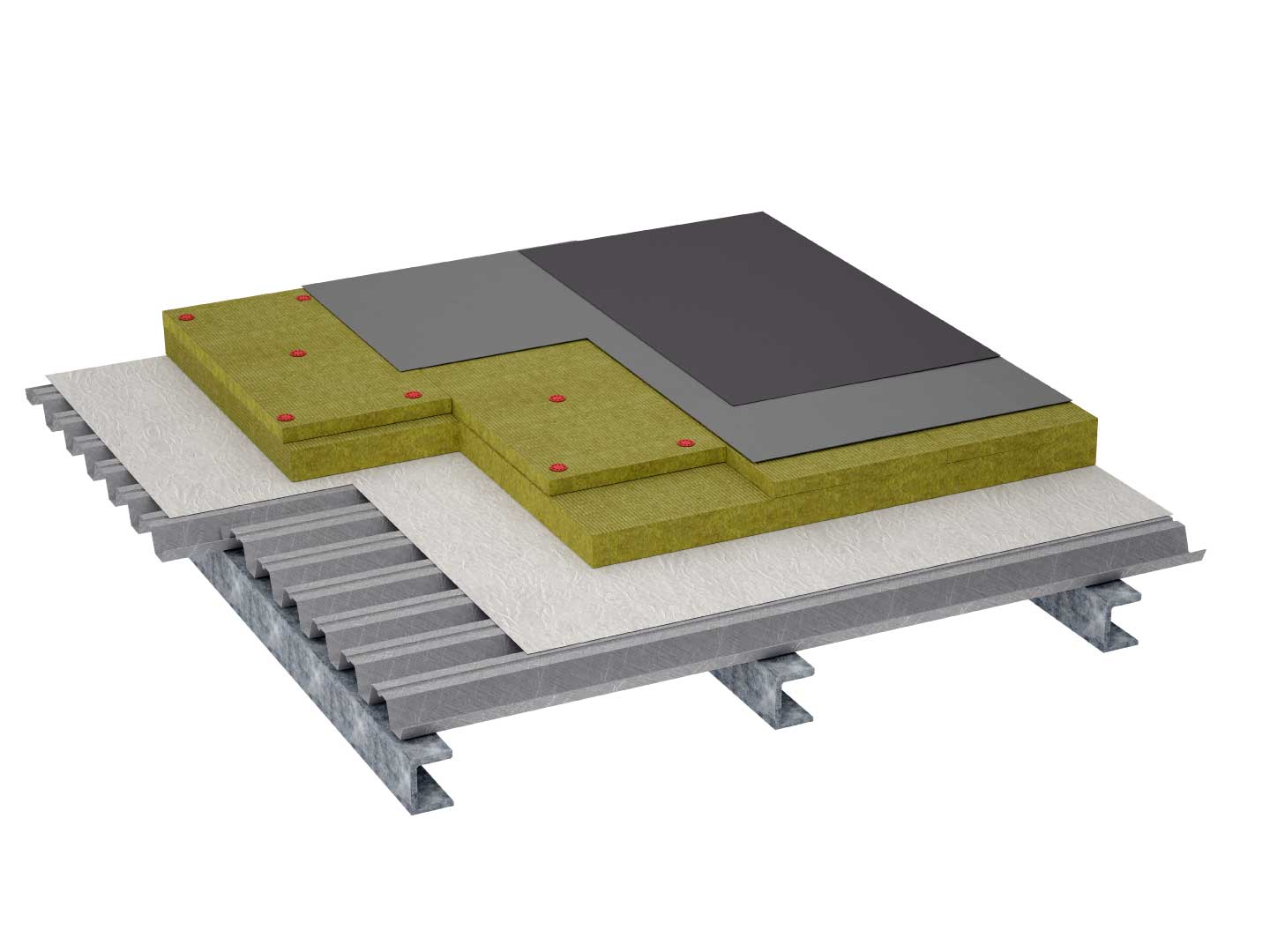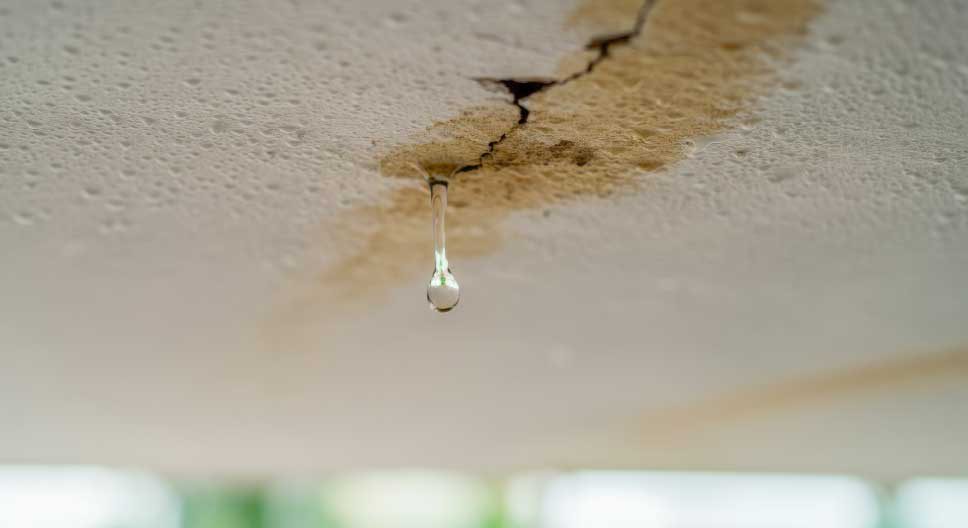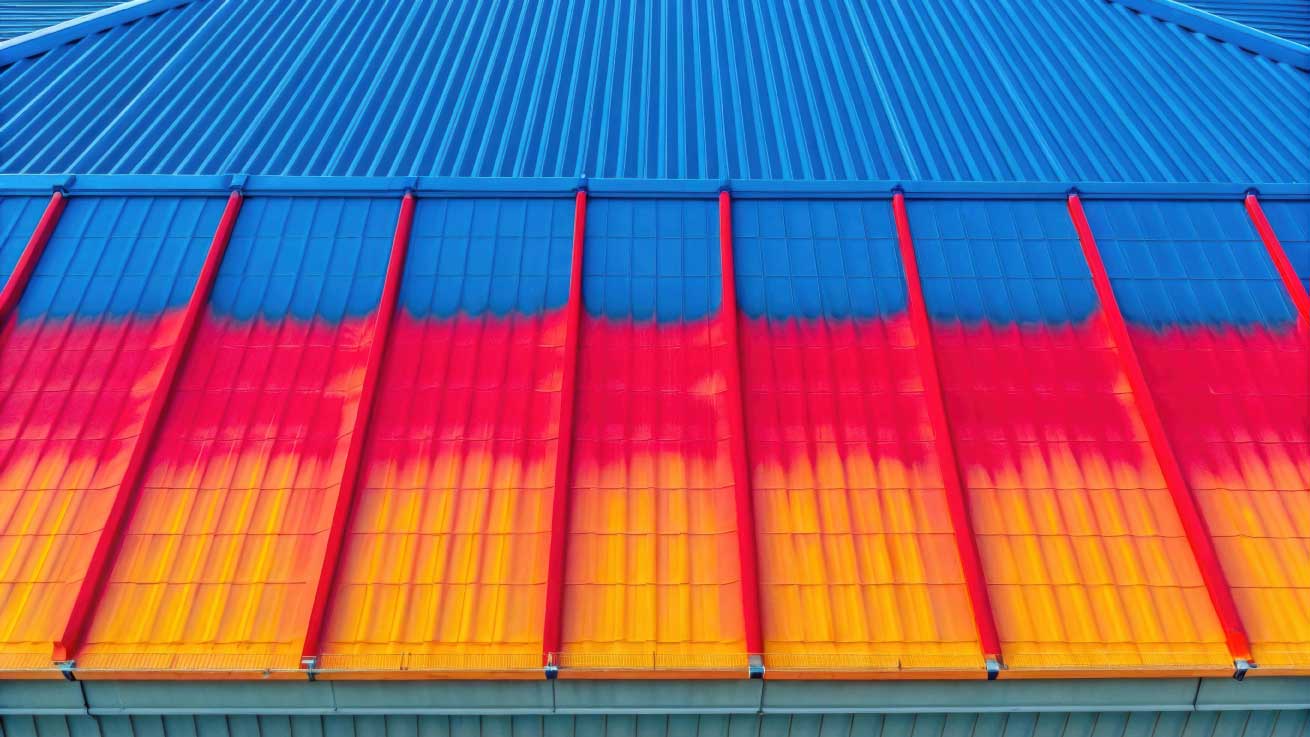Insulation is one of the most overlooked—but most important—parts of a flat roof system. For property owners, builders, and facility managers in Southern Ontario, improper insulation can mean higher energy bills, moisture problems, and shorter roof lifespan.
At Garcia Roofing, we help clients make informed decisions about roofing insulation to protect their investment, improve building performance, and reduce long-term costs.
Why Flat Roof Insulation Is Crucial in Southern Ontario
Ontario weather is notoriously unpredictable—icy winters, damp springs, and hot, humid summers. A properly insulated flat roof helps by:
- Reducing heating and cooling costs
- Preventing condensation buildup and moisture damage
- Maintaining comfortable indoor temperatures
- Protecting the roof membrane from temperature-related stress
This is especially important for commercial and multi-unit residential buildings where utility bills and interior climate control are significant concerns.

What Makes a Flat Roof “Properly Insulated”?
A well-insulated flat roof includes the following components:
1. Continuous Rigid Insulation Layers
Most modern flat roofs use polyisocyanurate (ISO) or extruded polystyrene (XPS) boards. These materials have high thermal resistance and are installed in continuous layers to reduce thermal bridging.
2. Vapor Barrier and Air Sealing
Vapor barriers prevent moisture from migrating into the insulation, which can reduce R-value and cause structural problems. Proper sealing around penetrations and seams is critical.
3. Proper Slope and Drainage
Trapped water can reduce insulation performance and increase the risk of leaks. Insulation is often tapered to ensure correct drainage to scuppers or roof drains.
At Garcia Roofing, we ensure insulation is installed to spec—and above code—every time.

Signs Your Flat Roof Insulation May Be Failing
Be on the lookout for:
- Unexplained spikes in heating or cooling bills
- Water stains on ceilings or walls
- Cold drafts in top-floor units
- Interior frost during winter
- Sagging roof sections
If you notice these, it’s time for a roof inspection—especially if your roof is older or wasn’t installed with energy efficiency in mind.
How Proper Insulation Increases Roof Lifespan
Temperature swings cause roofing materials to expand and contract. In Southern Ontario, that could mean a 50°C difference between January and July.
Without proper insulation to buffer those extremes, membranes and seams are under constant stress. This leads to:
- More frequent repairs
- Shorter roof lifespan
- Reduced performance of waterproofing layers
At Garcia Roofing, we factor in thermal stress when designing roofing systems—choosing materials and insulation that work together for long-term durability.
Roofing Insulation and Building Code in Ontario
The Ontario Building Code mandates minimum thermal resistance (R-value) for commercial and residential flat roofs. However, meeting the bare minimum isn’t always enough.
We often recommend insulation systems that exceed code to:
- Reduce lifecycle operating costs
- Prevent condensation issues
- Prepare buildings for future retrofits or green certifications (like LEED)
Why Work With Garcia Roofing?
When you work with us, you get:
- Over a decade of experience in Ontario roofing
- Certified installers trained in energy-efficient systems
- Accurate R-value calculations and vapor barrier strategies
- Long-term warranty and maintenance plans
We’re proud to say: “We’re not just here for today, we’re here for tomorrow.”
That means we don’t cut corners. We build roofs that last—and save you stress and money while they do.


